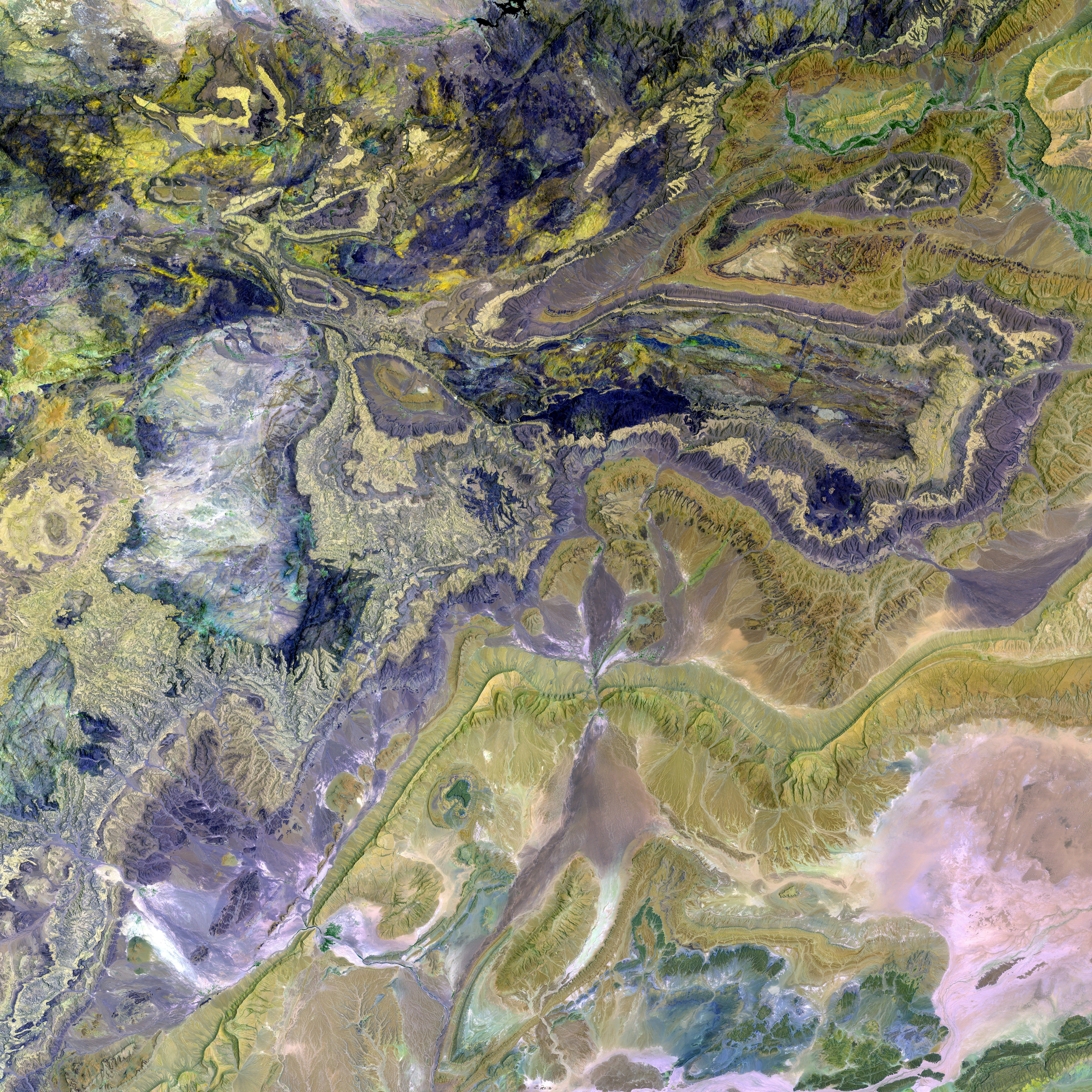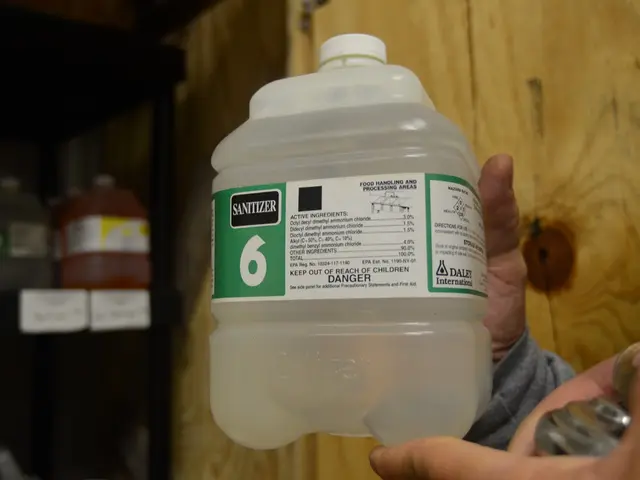Rapid and severe rosacea: Understanding causes, signs, and possible remedies
Rosacea Fulminans: A Rare and Severe Skin Condition
Rosacea Fulminans, also known as pyoderma faciale, is a rare, abrupt inflammatory skin condition that primarily impacts the central part of the face, including the chin, cheeks, and nose. Characterized by flushed, painful nodules and pimples, these symptoms are more pronounced and speedier compared to typical rosacea or acne.
This condition predominantly targets females of childbearing age, but the exact reason is still a mystery. One 2020 review hints that rosacea fulminans might be linked to other conditions like inflammatory bowel disease and pregnancy. It's also more probable in individuals with a prior history of rosacea.
Triggers like emotional stress, hormonal fluctuations, and certain medications can potentially instigate rosacea fulminans. A 2021 literature review suggests that certain dietary factors could also trigger or aggravate rosacea symptoms. However, it's essential to note that this information primarily applies to rosacea itself, not necessarily rosacea fulminans.
Some suspected dietary triggers include:
- Spicy foods: These can lead to flushing and intensify rosacea symptoms.
- Alcohol: Consumption of alcoholic beverages, especially wine, is believed to be a potential trigger.
- Foods with cinnamaldehyde: Such as chocolate, tomatoes, and citrus fruits.
- Histamine-rich foods and beverages: Including wine, aged cheese, and processed meats.
- Hot drinks: Beverages consumed at high temperatures might also provoke symptoms.
It's crucial to remember that dietary triggers can vary significantly from person to person, making a general, one-size-fits-all dietary recommendation unadvisable for all individuals with rosacea.
Visualizing Rosacea Fulminans and its Symptoms
Rosacea fulminans symptoms primarily affect the forehead, nose, cheeks, and chin. They may manifest as:
- Rapid onset of severe, localized skin color changes, like redness.
- Painful pustules, papules, and nodules that fuse.
- Swelling and inflammation.
- Flushing and blushing.
- Stinging and burning sensations.
Some individuals might experience ocular symptoms such as dry, burning, or itching eyes and light sensitivity. Systemic symptoms, like fever and fatigue, are uncommon.
According to the Revival Research Institute, some people might also experience eye irritation or inflammation.
Treatment for Rosacea Fulminans
Treatment for rosacea fulminans might involve oral isotretinoin, a prescription-only acne medication, as well as corticosteroids (prescribed orally or topically). Antibiotics combined with corticosteroids and lifestyle changes have shown effectiveness in resolving symptoms in some cases, as stated in a 2016 case study.
Since factors like stress and diet may potentially trigger or worsen rosacea, healthcare professionals might suggest identifying and avoiding these triggers. This might involve:
- Lowering stress with techniques like:
- Mindfulness meditation.
- Deep breathing exercises.
- Regular exercise.
- Journaling.
- Making dietary modifications, such as reducing alcohol intake.
- Using gentle skin care products on the face.
By combining these strategies with medical treatments like corticosteroids and isotretinoin, an individual's overall symptom management and quality of life could improve.
When to Consult a Healthcare Provider
If an individual experiences symptoms like large, tender nodules, abscesses, significant facial discomfort, a sudden onset of symptoms, symptoms that persist or worsen despite over-the-counter remedies or rosacea therapies, eye irritation or inflammation, or systemic symptoms such as fever, it's advisable to consult a dermatologist or other healthcare professional.
Prompt medical attention is crucial for receiving an accurate diagnosis, beginning treatment, and minimizing the risk of complications associated with rosacea fulminans, such as scarring and infections. Additionally, early intervention can help manage emotional distress, potentially improving the individual's overall quality of life.
Reaching out to a dermatologist or other healthcare provider ensures personalized care and management strategies tailored to their specific needs and circumstances.
- Dietary factors, such as spicy foods, alcohol, foods with cinnamaldehyde, histamine-rich foods and beverages, and hot drinks, could potentially trigger or aggravate both typical rosacea and rosacea fulminans symptoms.
- A 2020 review suggests a possible link between rosacea fulminans and other medical conditions, like inflammatory bowel disease and pregnancy.
- In the case study from 2016, antibiotics combined with corticosteroids and lifestyle changes have shown effectiveness in resolving rosacea fulminans symptoms for some individuals.
- An individual's overall symptom management and quality of life could improve by combining medical treatments like corticosteroids and isotretinoin with stress reduction techniques, dietary modifications, and gentle skin care products.








